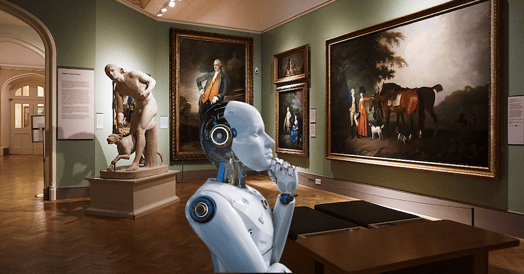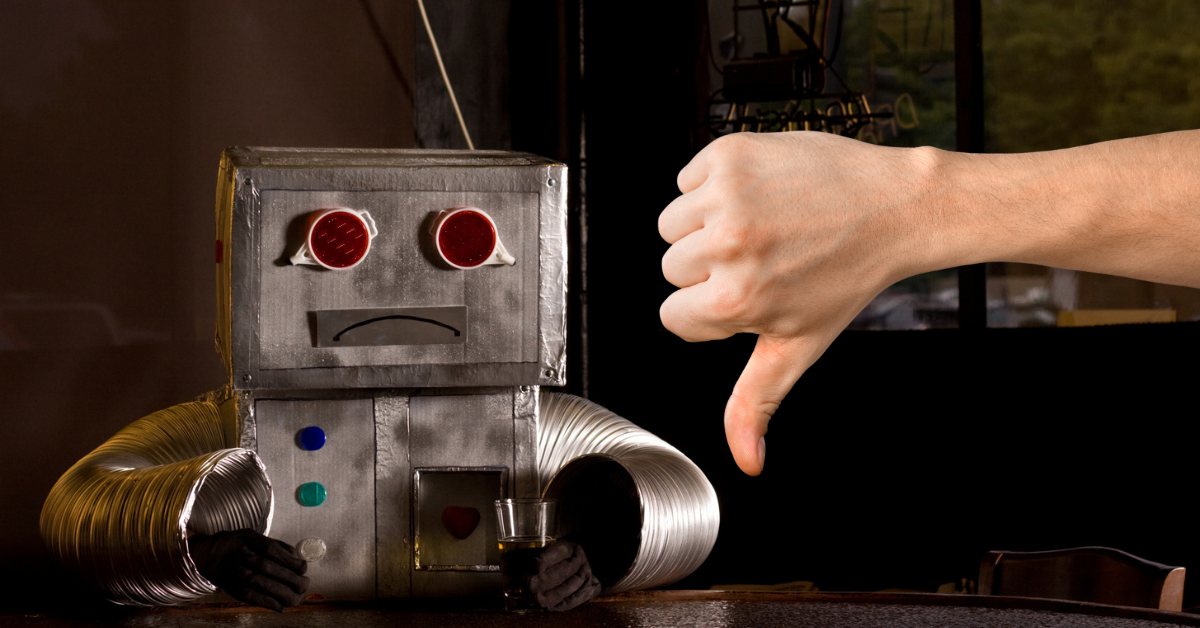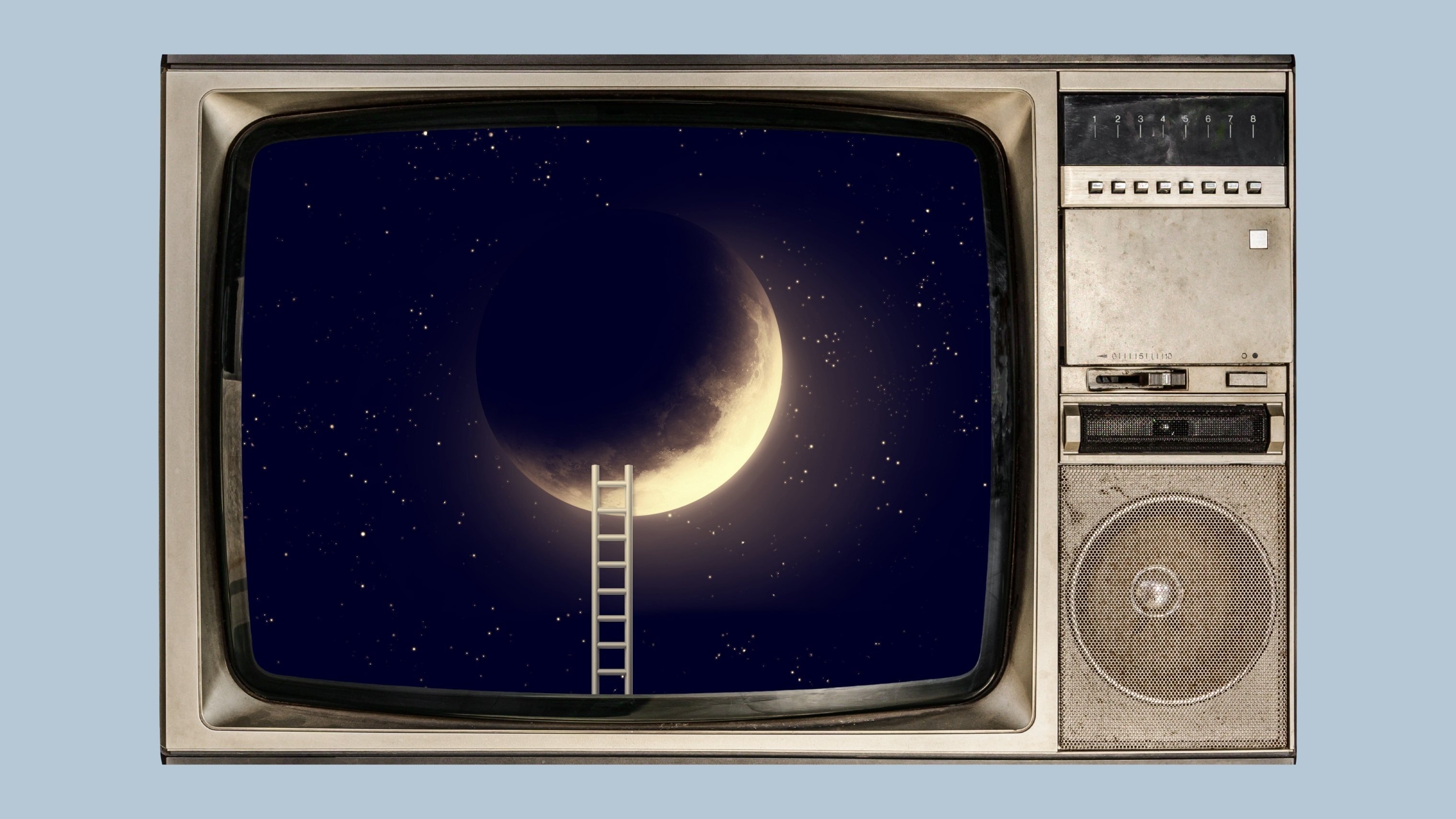Things one might aspire to after death: fertilizing the soil and contributing to the circle of life, living on in the memories of your loved ones.

Not so much: the company that laid off your living colleagues resurrecting you via AI without your consent. And that, friends, is the latest AI controversy.
Oh, boy, here we go
Brian Sewell was a controversial art critic, known for cutting remarks about not just artists, but the public’s ability to discern good art from bad.
London’s Evening Standard enjoyed his byline for 30+ years until his death in 2015, but apparently that wasn’t enough.
Deadline broke news of the 197-year-old paper’s plans to bring Sewell’s voice back via digital necromancy to review the National Gallery’s new Van Gogh exhibit.
Some concerns:
- Would Sewell, who did not want a funeral and once said that Banksy should have been “put down at birth,” want this?
- Outside of perhaps technical proficiency: can a bot, devoid of real emotion, even evaluate art?
Perhaps most key, the paper recently laid off ~150 human employees and moved from daily to weekly editions. Gizmodo posited that this could just be a stunt attempting to garner outrage and attention, given the latter.
That checks out
Evening Standard interim CEO Paul Kanareck told the Press Gazette that the AI bot would pen a one-off review for today’s edition — a venture he described as “bold and disruptive” that would “provoke discussion about AI and journalism.”
He also claimed Sewell’s estate was “delighted” by the news.
Tech has a history of eroding journalism and leading to layoffs — perhaps you remember when faulty Facebook metrics led publishers to “pivot to video”? Replacing a prolific critic with a bot, even once, was always going to ruffle some serious feathers.
Ai











